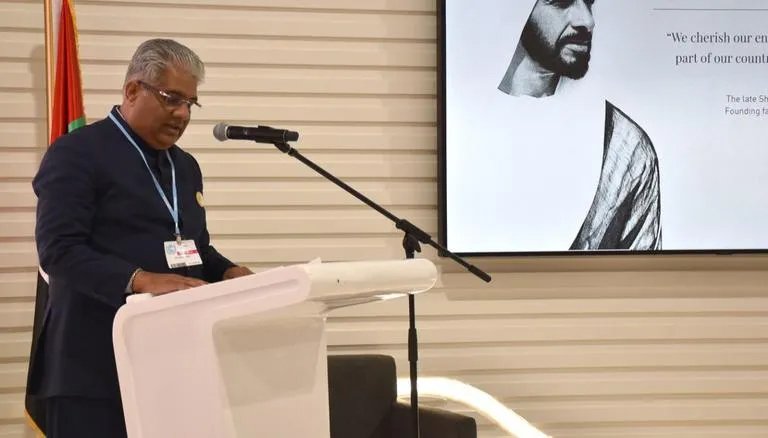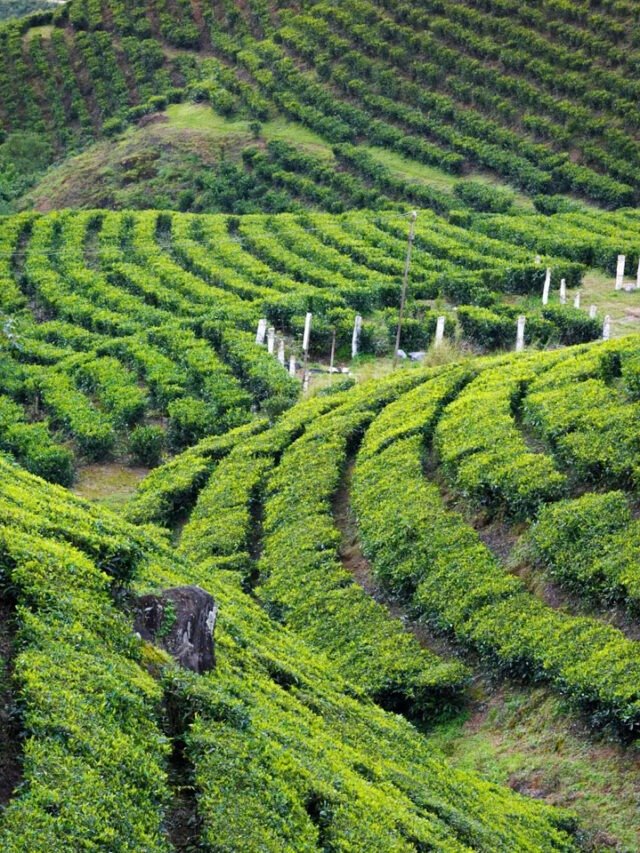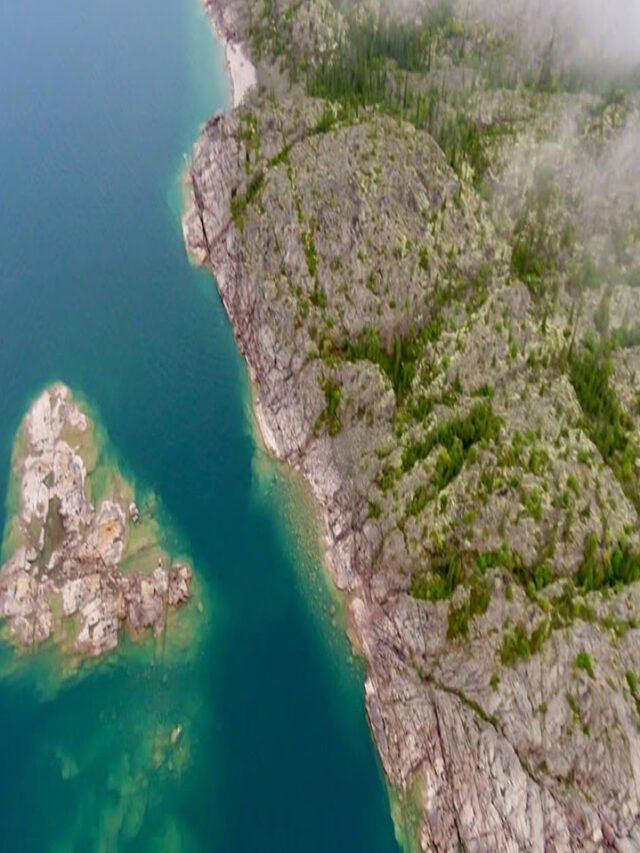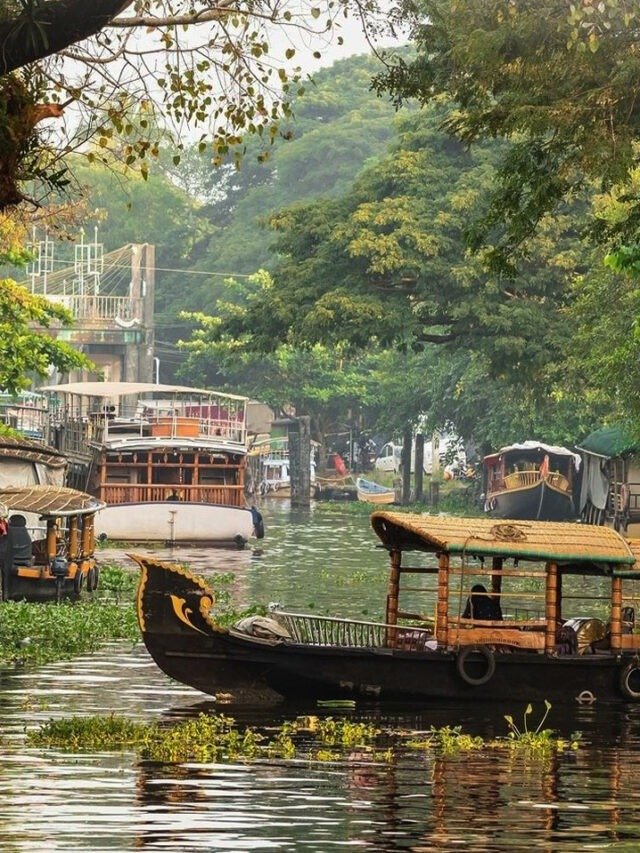NEW DELHI, Sept 4: India contributed USD 1.28 billion in climate finance through multilateral development banks (MDBs) in 2022, surpassing the contributions of many developed countries, according to a new analysis.
The analysis, conducted by the UK-based think tank ODI and the Zurich Climate Resilience Alliance, comes amid a renewed push by some developed countries to broaden the donor base for climate finance to include developing countries like China and Saudi Arabia.
The report reveals that only 12 developed countries provided their fair share of international climate finance in 2022. These countries are — Norway, France, Luxembourg, Germany, Sweden, Denmark, Switzerland, Japan, the Netherlands, Austria, Belgium and Finland.
Researchers noted that the significant gap in climate finance is largely due to the United States failing to contribute its fair share. Australia, Spain, Canada and the United Kingdom also performed relatively poorly in this regard.
The analysis has identified the top 30 non-Annex II countries that provided substantial climate finance to developing countries in 2022 through multilateral contributions to development banks and climate funds.
This group includes former economies in transition like Poland and Russia, countries that have achieved high-income status since 1992, such as Chile, Kuwait, Saudi Arabia and South Korea, and middle-income countries with large populations, including Brazil, China, India, Indonesia, Mexico, Nigeria, the Philippines and Pakistan.
India provided USD 1.287 billion in climate finance to other developing countries through MDBs in 2022, a sum larger than what was contributed by some developed countries like Greece (USD 0.23 billion), Portugal (USD 0.23 billion), Ireland (USD 0.3 billion) and New Zealand (USD 0.27 billion).
China provided USD 2.52 billion in climate finance through MDBs in 2022, Brazil gave USD 1.135 billion, South Korea USD 1.13 billion and Argentina USD 1.01 billion.
Harjeet Singh, climate activist and Global Engagement Director for the Fossil Fuel Non-Proliferation Treaty Initiative, said emerging economies like India are already stepping up, taking on more than their fair share of climate action while also providing financial support to other developing countries. Yet, wealthy countries those historically most responsible for the climate crisis are pressuring developing nations to do more.
“It is unacceptable for rich, industrialised nations, who are failing to meet their climate-finance commitments, to evade their obligations and shift the burden onto developing countries. Climate justice demands that those who caused the problem lead the way in solving it, not shirk their responsibility,” he said.
According to the United Nations Framework Convention on Climate Change (UNFCCC), adopted in 1992, high-income, industrialised countries (referred to as Annex-II countries) are responsible for providing finance and technology to help developing countries combat and adapt to climate change. These countries, including the US, Canada, Japan, Australia, New Zealand and European Union (EU) member states, such as Germany, France and the UK, have historically benefitted from industrialisation and contributed the most to greenhouse gas emissions.
At COP15 in Copenhagen in 2009, these developed countries pledged to jointly provide USD 100 billion each year by 2020 to help developing countries mitigate and adapt to climate change. However, this target has not been fully met, leading to a significant finance gap. This shortfall has eroded trust and hindered climate action in developing countries.
In May, the Organisation for Economic Cooperation and Development (OECD) claimed that developed countries had met the long-standing USD 100 billion-a-year promise by providing nearly USD 116 billion in climate finance to developing countries in 2022, with nearly 70 per cent of the money given in the form of loans.
The ODI researchers pointed out that many developed countries, despite performing well in terms of climate-finance contributions, would make “markedly less progress towards meeting their fair share if the finance provided was accounted for on grant-equivalence terms” — in other words, if it reflected their real fiscal effort.
The report calls for the inclusion of a “burden-sharing mechanism” in the New Collective Quantified Goal (NCQG) to provide clarity on each country’s obligations and hold countries accountable.
The NCQG refers to the new, larger amount that developed countries must mobilise annually, starting 2025, to support climate action in developing countries. Countries are expected to finalise the NCQG at this year’s UN climate conference COP29 in Baku, Azerbaijan in November.
The current USD 100 billion annual climate-finance goal is a collective commitment by developed countries. Its collective nature has meant that individual developed countries are not accountable for specific sums of money, potentially reducing the overall amount of climate finance provided due to the lack of individual scrutiny.
The inclusion of a burden-sharing arrangement among developed countries could potentially strengthen the NCQG by fostering greater accountability and trust among parties, according to the ODI researchers.
Many developing countries, including India, have recently advocated for such an arrangement to enhance accountability among developed countries. (PTI)












